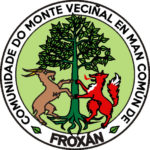Froxán Common Woodlands
Community approach to restore the natural woodlands habitats
The Froxán Common Woodlands is a 100-hectare expanse of community land located in the Spanish region of Galicia. Over the past century mining in the area has led to severe environmental degradation here, while invasive forest species, such as Acacia and Eucalyptus, have also been introduced.
In 2002 the Froxán Commons community regained full control of this land, after almost a century of government administration. Over the last two years they have worked to restore natural forest habitats and sealed off mining pits and shafts, in close cooperation with schools and environmental NGOs, fostering awareness on alternative and sustainable ecoforestry practices. The aim is to fully restore the natural habitats of the woodlands, and to use the process as an opportunity for education, building social awareness and the generation of revenue and new economic opportunities for the community.
Eucalyptus plantations are also being removed, as the last productive cycle gives way to restoration with high-ecological-value native species. Work has also commenced to restore a wetland that was degraded by State forest services through drainage and forced forestation. A management plan for the wetland was selected in 2018 as one of four pilot case studies of climate change adaptation of natural management initiatives. The community collectively self-manages its own water supply system, and wetland restoration in the face of a new pattern of prolonged droughts is perceived as critical to hydrological regulation. This is particularly important because natural springs from which water is collected are immediately downhill from the area being restored (see Campo de Lamas Wetland Management Plan (under Resources) for further details).

The Froxán Common Woodlands is a 100-hectare expanse of community land located in the Spanish region of Galicia. Over the past century mining in the area has led to severe environmental degradation here, while invasive forest species, such as Acacia and Eucalyptus, have also been introduced.
In 2002 the Froxán Commons community regained full control of this land, after almost a century of government administration. Over the last two years they have worked to restore natural forest habitats and sealed off mining pits and shafts, in close cooperation with schools and environmental NGOs, fostering awareness on alternative and sustainable ecoforestry practices. The aim is to fully restore the natural habitats of the woodlands, and to use the process as an opportunity for education, building social awareness and the generation of revenue and new economic opportunities for the community.

Eucalyptus plantations are also being removed, as the last productive cycle gives way to restoration with high-ecological-value native species. Work has also commenced to restore a wetland that was degraded by State forest services through drainage and forced forestation. A management plan for the wetland was selected in 2018 as one of four pilot case studies of climate change adaptation of natural management initiatives. The community collectively self-manages its own water supply system, and wetland restoration in the face of a new pattern of prolonged droughts is perceived as critical to hydrological regulation. This is particularly important because natural springs from which water is collected are immediately downhill from the area being restored (see Campo de Lamas Wetland Management Plan (under Resources) for further details).

